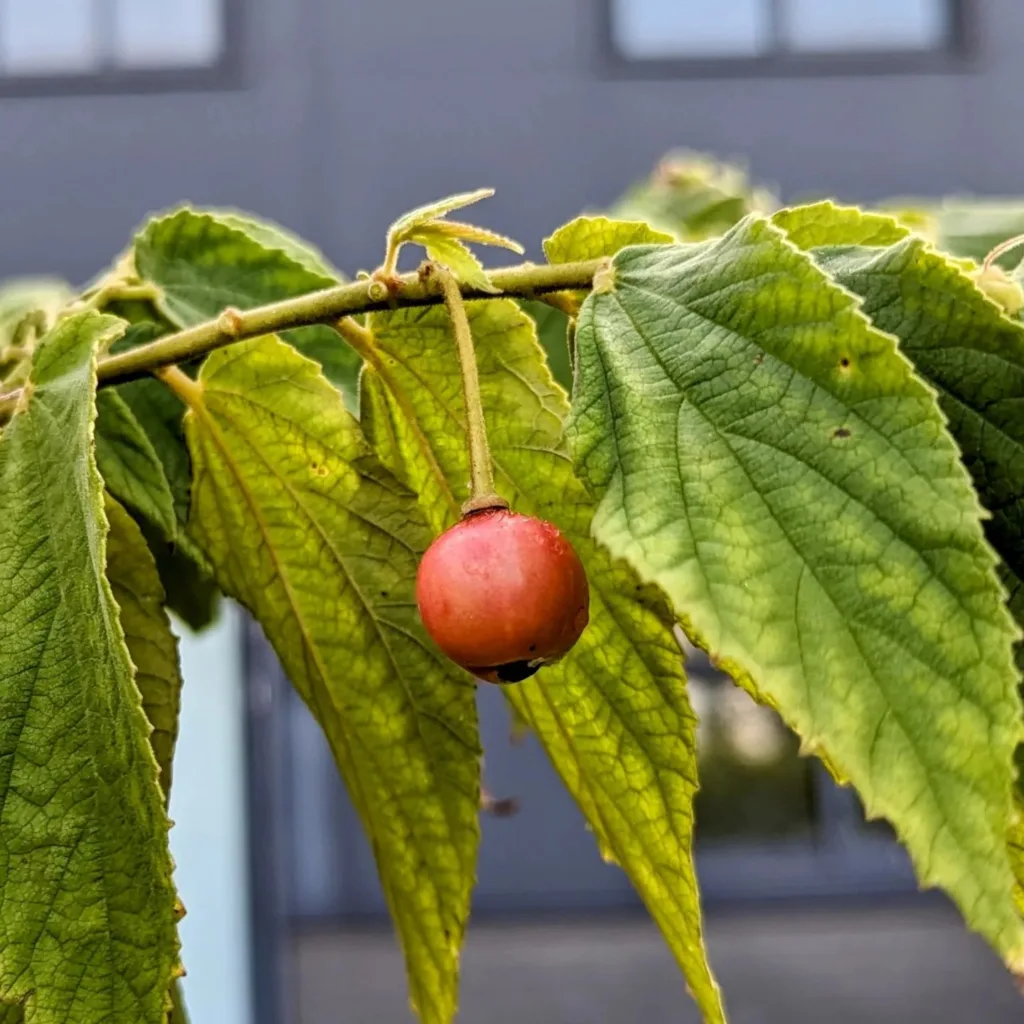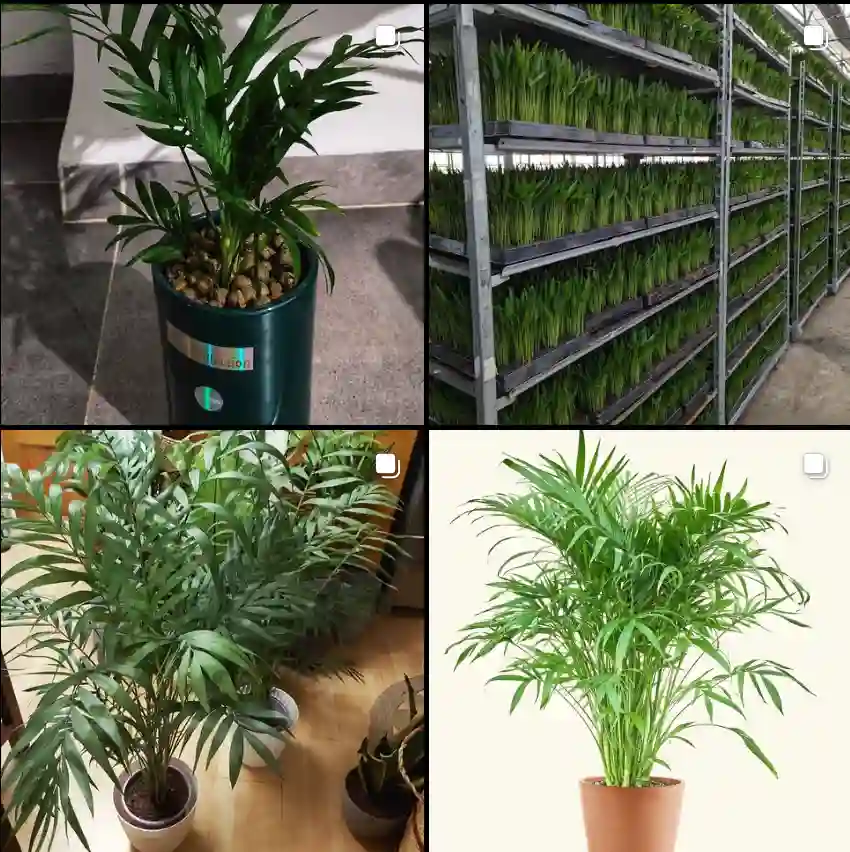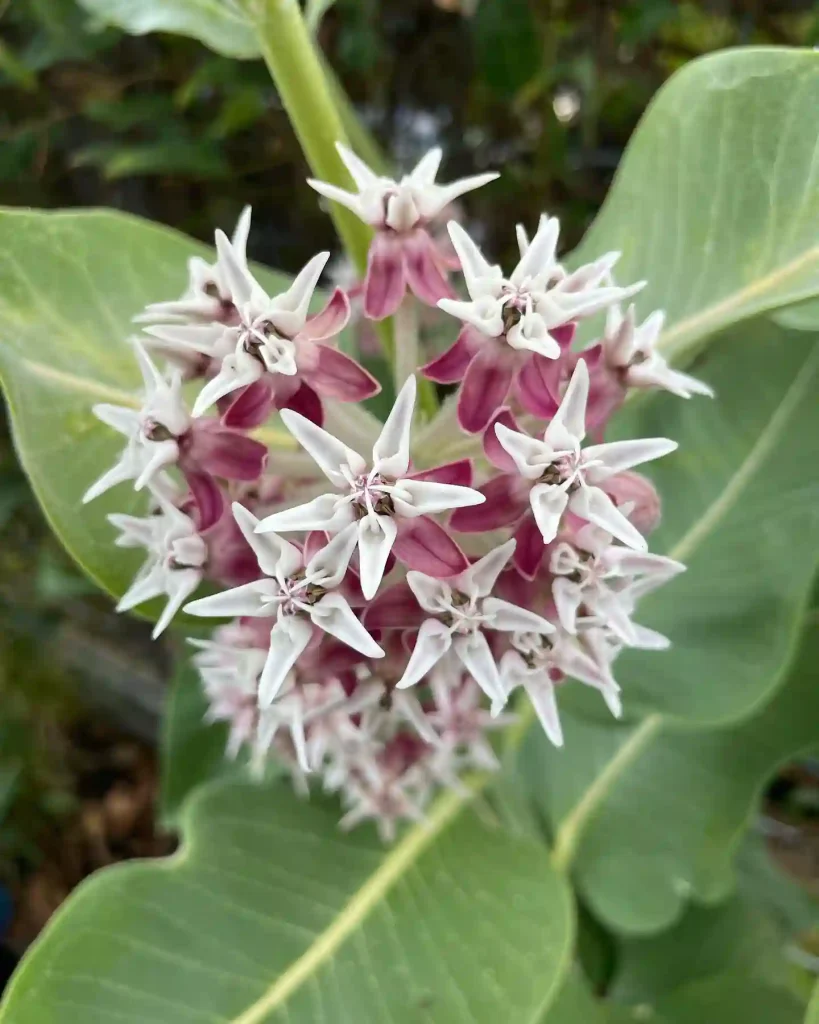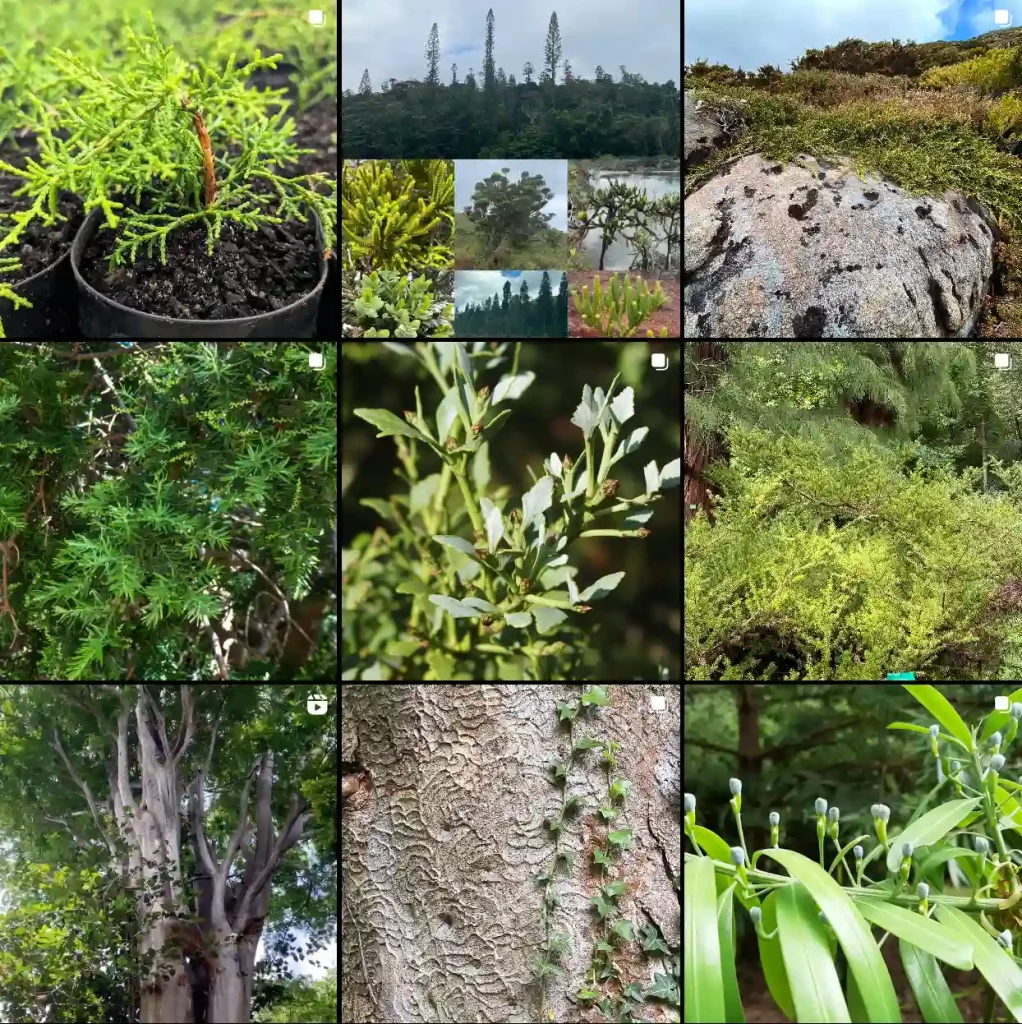What is Chaenomeles Speciosa?
Chaenomeles Speciosa, commonly known as the Flowering Quince, is a hardy shrub renowned for its striking, early spring blossoms. Native to East Asia, it produces beautiful, vibrant flowers in shades of red, pink, and white. This deciduous shrub is valued not only for its ornamental beauty but also for its practical uses in gardens. It has a reputation for being resilient, adapting well to various soil types and climatic conditions.
4 Species in Genus Chaenomeles – Flowering Quince
How to Care for Chaenomeles Speciosa?
Caring for Chaenomeles Speciosa is relatively straightforward, making it a great choice for both novice and experienced gardeners. Here are some key care tips:
- Location and Light: Plant your Flowering Quince in full sun to partial shade. It thrives in locations where it can get at least six hours of sunlight each day.
- Soil: It prefers well-drained soil, but it is quite adaptable. If your soil is heavy clay or very sandy, amending it with organic matter can improve its drainage and fertility.
- Watering: Water the shrub regularly, especially during dry spells. Once established, Chaenomeles Speciosa is relatively drought-tolerant but benefits from consistent moisture.
- Pruning: Prune after flowering to maintain its shape and encourage new growth. Remove any dead or crossing branches to promote good air circulation.
- Fertilizing: Feed your shrub in early spring with a balanced fertilizer to support vigorous growth and flowering.
How to Propagate Chaenomeles Speciosa?
Propagation of Chaenomeles Speciosa can be done through several methods:
- Seed Propagation: Collect seeds from mature fruit. Scarify the seeds (lightly nick or file them) to improve germination. Sow the seeds in a cold frame or seed tray in late winter to early spring. They should germinate within a few weeks to months.
- Cuttings: Take semi-hardwood cuttings in late summer or early fall. Dip the cut ends in rooting hormone and plant them in a mix of sand and peat moss. Keep the cuttings moist and in a humid environment until they develop roots.
- Layering: Bend a lower branch to the ground and cover a section with soil. Secure it with a peg. Once roots develop, cut the new plant from the parent and transplant it.
What to Plant With Chaenomeles Speciosa?
Chaenomeles Speciosa pairs well with a variety of plants:
- Spring Bulbs: Combine with bulbs like tulips and daffodils to extend the spring display of color.
- Evergreens: Plant alongside evergreens like holly or junipers to provide a year-round contrast.
- Perennials: Use with perennials such as daylilies or hostas to add texture and enhance the garden’s aesthetic.
- Ground Covers: Pair with ground covers like creeping thyme or ajuga to create a lush, full look.
Is Chaenomeles Speciosa Toxic?
Chaenomeles Speciosa is generally considered non-toxic to humans and pets. The fruit is edible and can be used in jams, jellies, and even medicinal preparations. However, it’s always a good idea to avoid consuming large quantities of any plant material without proper preparation.
Benefits of Chaenomeles Speciosa
- Aesthetic Appeal: Its early bloom adds vibrant color to the garden before many other plants start flowering.
- Wildlife Friendly: The flowers attract pollinators such as bees and butterflies.
- Fruit Production: The fruit, although not commonly eaten fresh due to its tartness, can be used in cooking and preserves.
- Versatility: It’s suitable for various garden settings, including as a hedge, in mixed borders, or as a specimen plant.
Common Problems with Chaenomeles Speciosa
- Pest Issues: Watch out for pests like aphids and scale insects. Regular inspection and prompt treatment can manage these problems.
- Disease: It can be susceptible to leaf spot and rust. Ensure good air circulation and avoid overhead watering to minimize fungal issues.
- Winter Damage: In very cold climates, consider mulching around the base to protect the roots and lower branches from frost.
Comparing Chaenomeles Speciosa to Other Shrubs
When compared to other early-blooming shrubs like Forsythia or Viburnum, Chaenomeles Speciosa stands out with its unique flowers and fruit. While Forsythia is often the go-to for its bright yellow blooms, Flowering Quince offers a broader range of colors and has the added benefit of fruit. Viburnum varieties, such as the Arrowwood or Korean Spice, provide larger foliage and a different blooming period, making them good companions rather than direct substitutes.
In conclusion, Chaenomeles Speciosa is a versatile and beautiful shrub that adds color and interest to any garden. Its ease of care, combined with its attractive flowers and edible fruit, makes it a worthwhile addition to any landscape. Whether you’re looking for a striking focal point or a companion plant for your garden, Flowering Quince is a choice that won’t disappoint.
If i die, water my plants!



